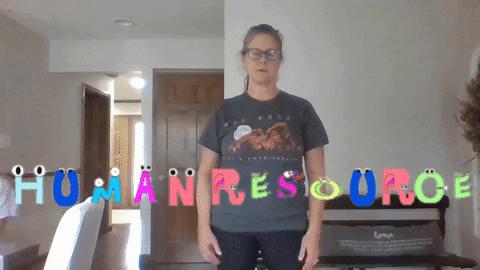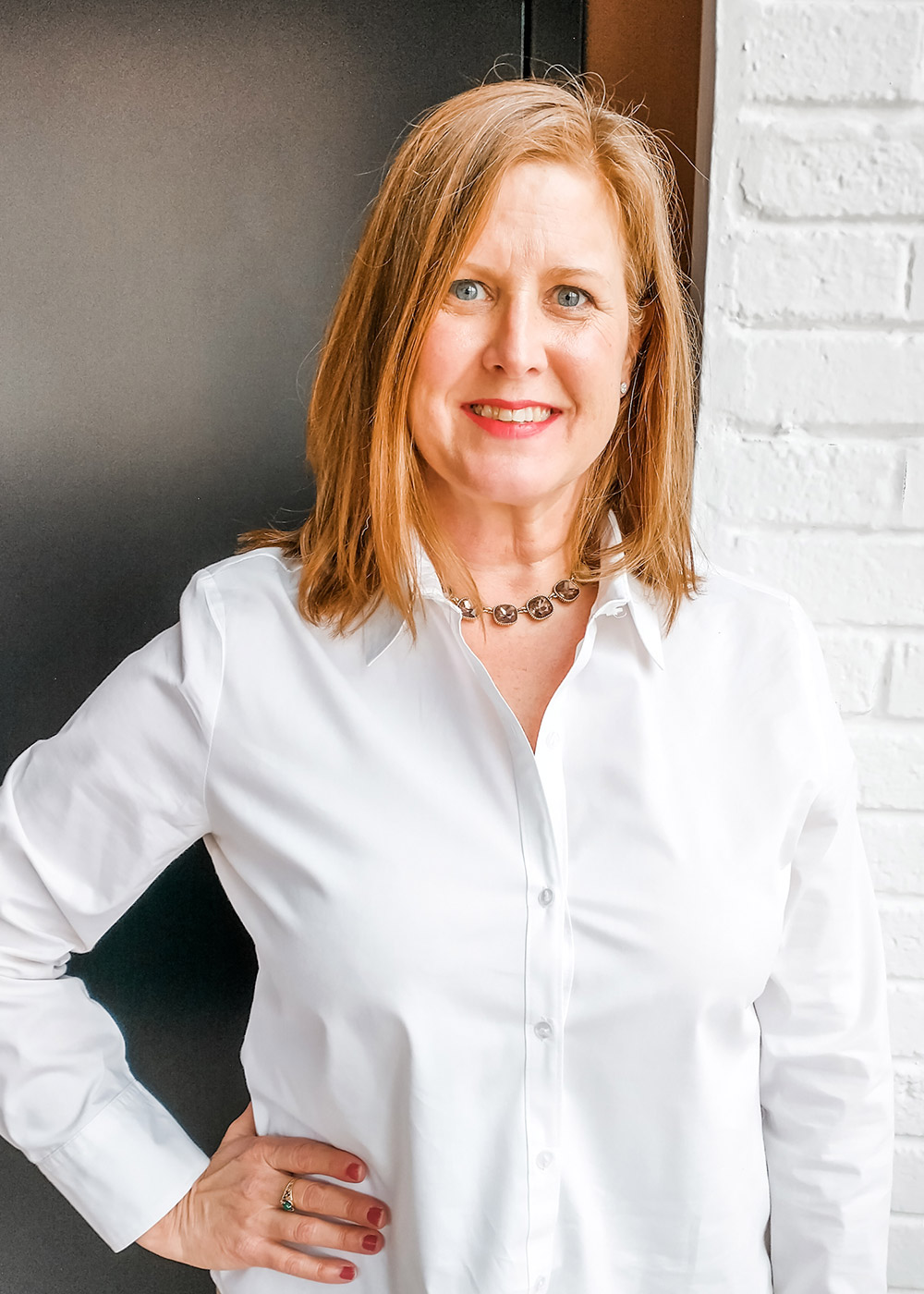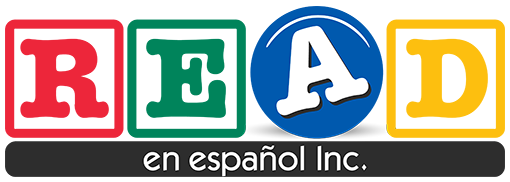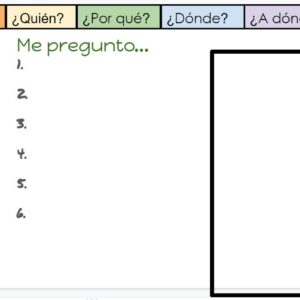Teachers are working hard to provide their students with authentic assignments during asynchronous learning time. I like to think of asynchronous time as a connection to in class (synchronous) work that has already taken place or tasks that will take place in future assignments. For example, students might read and summarize an article on a shared google slide in preparation of comparing their own summary to a peer’s summary during a Zoom breakout room. I am a fan of all the collaborative writing slides that have been shared on social media! But what I want to share with you today is how you can create a gallery walk in the virtual world.
The I See/I Wonder Gallery Walk is a constructivist activity in which students are formulating what they know about a topic (using photos) and teacher connects this prior knowledge to new knowledge (content vocabulary and concepts).
Teacher preparation: Paste several pictures (up to 6 photos in this template) representing major concepts for a new unit on each slide.
Starting the lesson
Option A: Assign “I see” (Yo veo) portion of each slide as asynchronous learning-families can help formulate the lists on each of the six photos. Teacher could also model and assign the “I wonder” side too.
Option B: After making instructions clear, place students in breakout rooms. Have student groups go on a “Gallery Walk” (p. 115, 99 Ideas and Activities for Teaching English Leaders with the SIOP Model by Vogt and Echevarria) to see each poster (“slide” in virtual world). Students should write something for each poster on the “I see (Yo veo) side and the “I wonder (Me pregunto)” side. Examples of question formation should be modeled by the teacher prior to students visiting the posters/slides. Teacher can pop in on each group’s slides and lead students to writing down key words they may be missing. Or teacher can wait until the whole group meets to add missing words.
Once the lists are complete, return to whole group. Teacher uses the student’s language on the posters/slides to introduce some of the unit’s key concepts.
(Example, in the hair salon photo, some students wrote “I see water”. Water is a resource. Hair salons use the resource of water in their services. Where does water come from? Yes, Water comes from nature so it is a natural resource. How is water different from scissors? Where are scissors made? Would scissors be natural resource like water? No, scissors are man made so they are considered a capital resource.)
The key words for the concepts should be written on large index cards to be referred to in future lessons. In the virtual world this can be on another google slide or on Jamboard.
TPR (Total Physical Response) allows for future lessons to have partner practice in using academic language. For example, student A says: “What kind of resource is water (with TPR)’.” student B says, “Water (using TPR) is a natural resource.(using TPR).
Assign each small group one or two words generated from the I see/I wonder gallery walk (Zoom break out rooms). The small group must work together to develop the TPR for the word/concept to teach to the class. (Note: the teacher can use this student created TPR in the Adapted Reader’s Theater – ART). Whole group comes together and each group teaches their TPR to the rest of the class. Teacher can lead a “show me ______” activity. Or each group can ask the teacher “show me (the TPR gesture) for ___________”.

The I wonder portion can be used in future lessons. Options: Some questions that students created can serve as student research questions. Teacher can lead a discussion around the questions. Teacher can revisit the questions as they arise in the weeks to come.
Here is the link to a template you can view and copy for your own files. I would love to hear how you use it! High school ESL teachers have used it to open a lesson Foods using a variety of images of people preparing foods. Elementary teachers have used it in a goods and services unit as they discussed types of resources.
Share This Post

About Sara
Expert Consultant in Bilingual Education for Multilingual Learners
I have dedicated my time to researching and learning how best to teach reading to Spanish-speaking students. My goal as an independent consultant is to empower teachers to know better and thus to do better.

